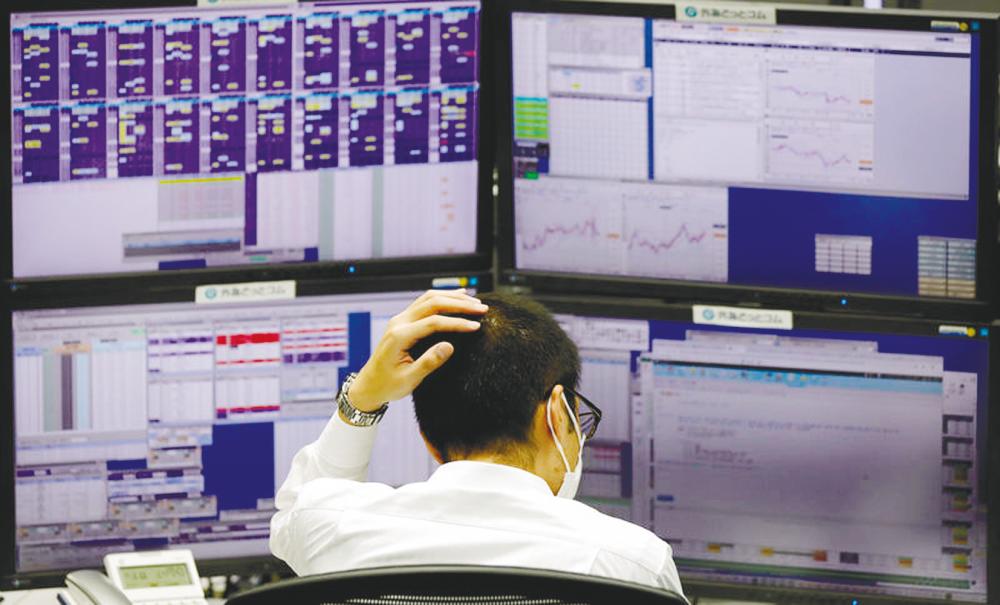PETALING JAYA: The currency market is expected to see reduced volatility as the Federal Reserve allows foreign central banks to swap US Treasuries for dollars temporarily, starting yesterday, according to FXTM market analyst Han Tan.
“While foreign exchange could be subdued, Asian currencies are expected to maintain their overall weaker bias considering that a global recession would lay bare the region’s economic vulnerabilities,” he told SunBiz.
For the week ahead, Tan stated that the 4.25-4.45 range is still in play for the US dollar against the ringgit. Yesterday, the ringgit closed at 4.369 against the US dollar, 0.3% weaker compared to the previous close of 4.357 on Friday.
He elaborated that the key drivers for the two currencies includes the greenback’s performance, oil markets’ to the Opec+ emergency meeting, as well as broader risk sentiment.
“A firmer floor under oil prices could translate into more support for the ringgit’s performance over the immediate term,” he said.
In an earlier report, Juwai IQI Global chief economist Shan Saeed was quoted as saying the ringgit is expected to bounce back amid volatility and unpredictable currency markets, underpinned by a weakening in the dollar as the Federal Reserve decided to cut rates by a full percentage point near zero.
Sunway University Business School Professor of Economics Dr Yeah Kim Leng explained that the expected dollar weakness will be a temporary relief for emerging market currencies battered by global risk aversion and flight to safe haven currencies particularly the US dollar.
“We are likely to face increased currency volatility because of the uncertainties arising from the global pandemic and the steep economic decline that is affecting both capital and trade flows,” he said.
During the 2008 global financial crisis, the Fed initiated quantitative easing measures which ushered in the first era of zero interest rate policy, which resulted in inflows from the US into various emerging market economies.
When asked about the possibility of a retracing of the previous inflows given that interest rates have fallen to its lowest level once again, Yeah replied that given the lack of clarity in the global pandemic and economic outlook, any sharp capital inflows into Malaysia is unlikely to be sustained.
“The currently undervalued ringgit is therefore not expected to face overvaluation concerns should the dollar weakness persist.”
However, a Bloomberg report pointed out that despite the ringgit holding up relatively well against the pandemic and a slump in oil prices brought on by the tiff between Russia and Saudi Arabia, a widening fiscal deficit and rising political risks still remain key downside risks.
It should also be noted that the fall in crude oil prices will put pressure on the government’s revenue stream. At 1012 GMT yesterday, Brent was down US$1.23, or 3.6%, at US$32.88 a barrel. US crude was US$1.01, or 3.6%, lower at US$27.33 a barrel, off a session low of US$25.28.
Bank Negara Malaysia (BNM) expects crude oil to trade between US$25 and US$35 a barrel this year.
This year, the fiscal deficit is expected to widen to 4% of gross domestic product (GDP), the widest since 2012, following the announcement of a bumper stimulus package to counter the impact of the coronavirus pandemic on the economy.
A potential economic contraction also does not bode well for the ringgit’s prospects going forward. Last week, BNM revised its 2020 GDP growth forecast to between -2% and 0.5%.














